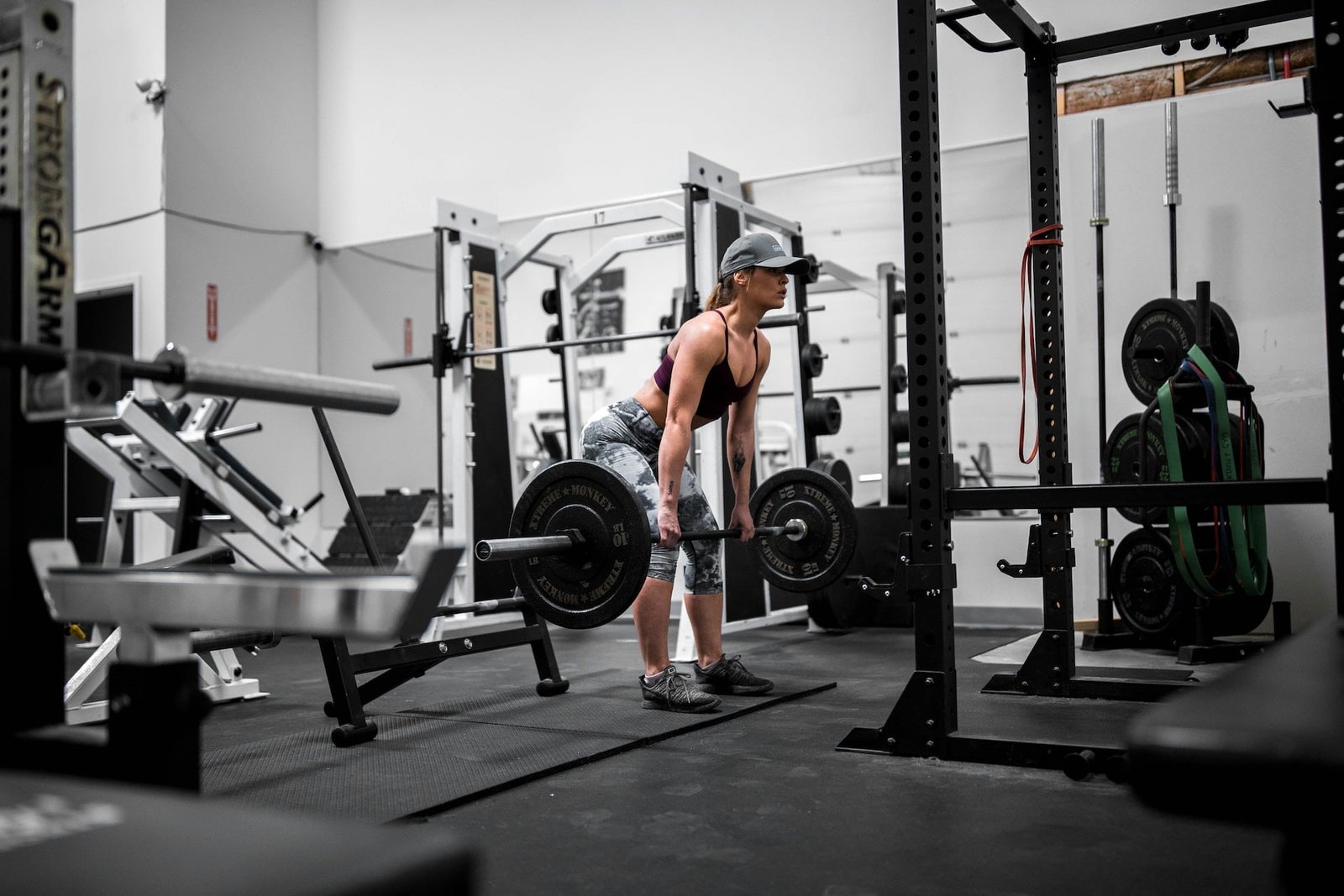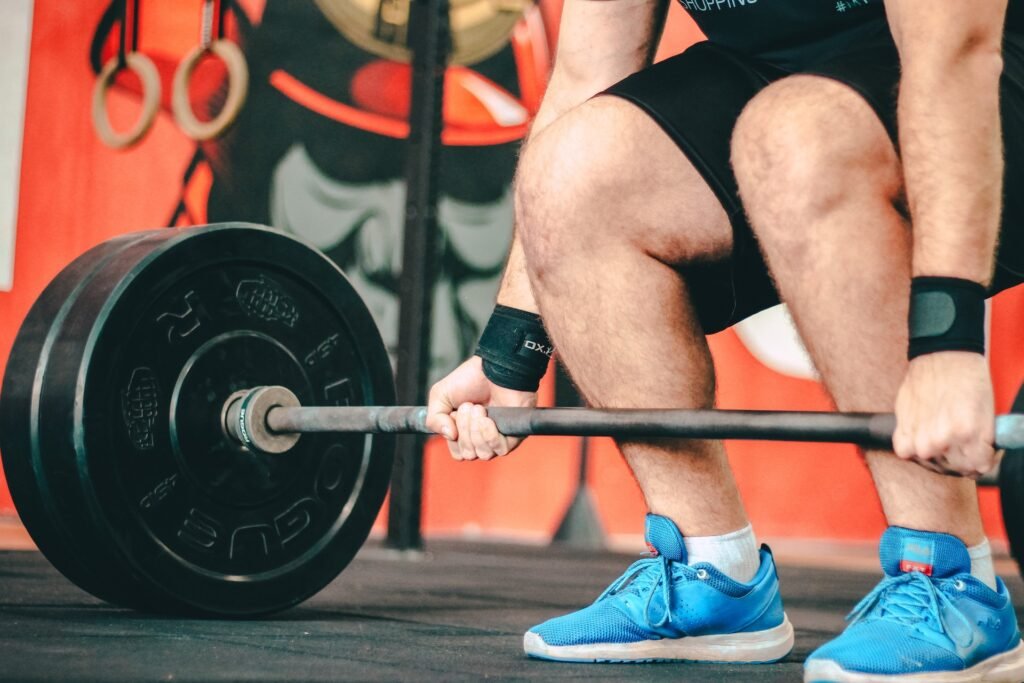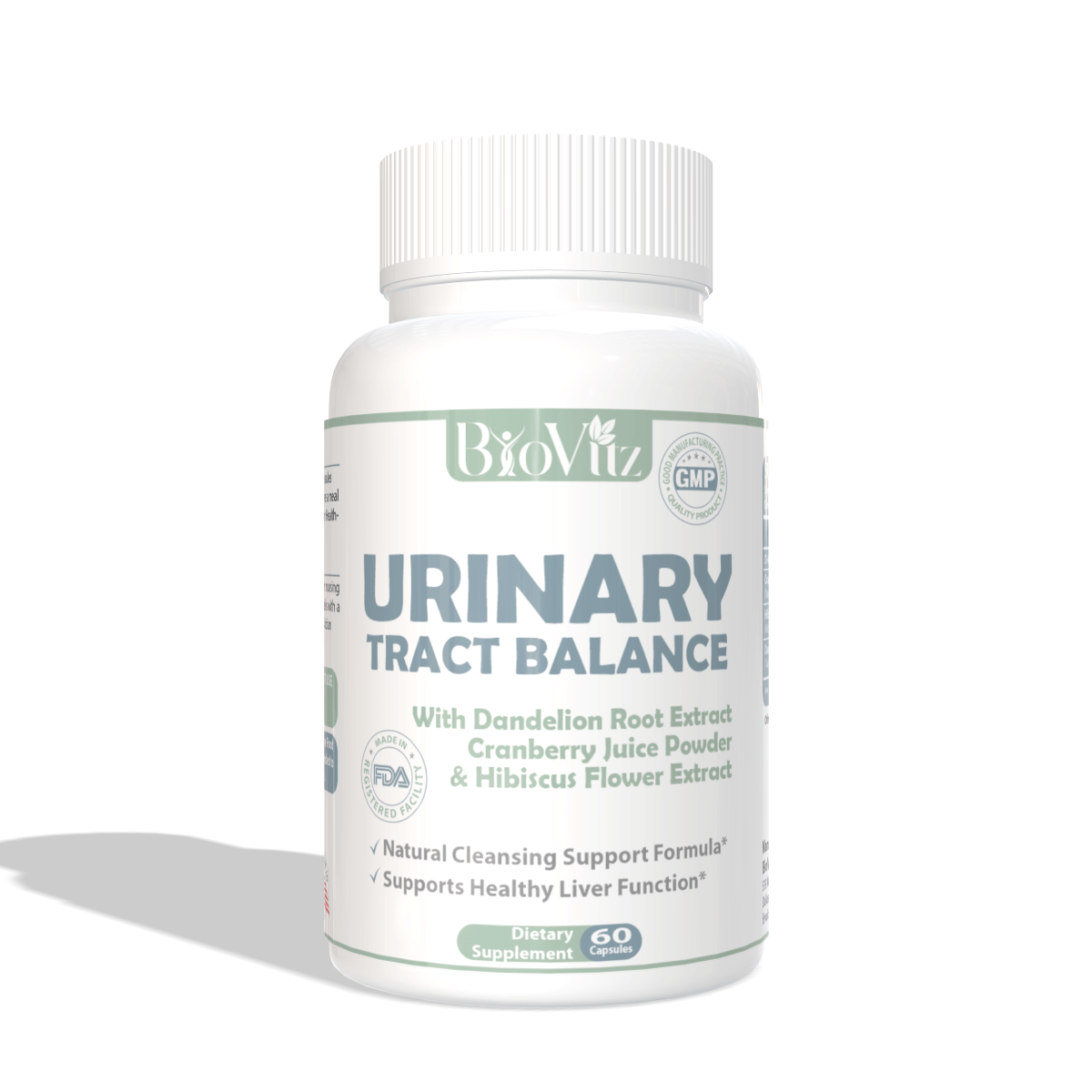Unleash Your Power with Deadlifts
Welcome to the ultimate guide on improving your deadlift technique and strength training. Deadlifts are a powerhouse exercise, targeting multiple muscle groups and providing a solid foundation for overall strength. In this guide, we’ll explore eight key steps to enhance your deadlifts and reap the maximum benefits.
Step 1: Set Your Stance
Begin with your feet shoulder-width apart, toes pointing slightly outward. Ensure the barbell is over the middle of your feet, setting the foundation for a balanced and powerful lift.
Step 2: Grip the Barbell
Grab the bar with a grip slightly wider than shoulder-width. Opt for either a double overhand or mixed grip for a secure hold, preventing the bar from slipping during your lift.
Step 3: Engage Your Core
Before lifting, engage your core muscles by taking a deep breath and tightening your abdominal muscles. This stability is crucial for protecting your spine and maximizing power output.
Step 4: Hinge at the Hips
Initiate the lift by hinging at your hips while keeping your back straight. Lower your body, ensuring your chest is up, and maintain a neutral spine position throughout the movement.
Step 5: Keep the Bar Close
As you lift, keep the barbell close to your body. This minimizes the strain on your lower back and ensures efficient force transfer, allowing you to lift heavier weights with control.
Step 6: Stand Tall
Once the bar passes your knees, stand tall by extending your hips and knees simultaneously. Finish the lift by straightening your body completely, emphasizing a strong and upright posture.
Step 7: Control the Descent
Lower the barbell with control, hinging at your hips and bending your knees. Avoid dropping the weight abruptly, as controlled descents enhance muscle engagement and reduce the risk of injury.
Step 8: Repeat and Rest
Repeat the deadlift movement for your desired number of reps. Allow adequate rest between sets to optimize recovery and prepare your muscles for subsequent lifts.
Benefits of Mastering Deadlifts

1. Increased Overall Strength
Deadlifts engage major muscle groups, promoting full-body strength development and functional fitness.
2. Enhanced Posture and Core Stability
The emphasis on maintaining a neutral spine during deadlifts contributes to improved posture and core stability, reducing the risk of back injuries.
3. Boosted Metabolism and Fat Loss
Compound exercises like deadlifts stimulate the metabolism, promoting fat loss and aiding in weight management when combined with a balanced diet.
4. Improved Grip Strength
Regular deadlifting strengthens the grip, benefiting various activities in daily life and preventing grip-related weaknesses in other workouts.
5. Hormonal Release for Muscle Growth
Deadlifts trigger the release of growth hormone and testosterone, facilitating muscle growth and recovery for a more sculpted physique.
Frequently Asked Questions (FAQ)
Q: How often should I incorporate deadlifts into my workout routine?
Deadlifts can be performed 1-3 times per week, depending on your fitness level and overall training program. Start with once a week and gradually increase frequency as your strength improves.
Q: Is it normal to feel lower back soreness after deadlifts?
Mild soreness is normal, but sharp pain is not. Ensure your form is correct, and if pain persists, consult with a fitness professional or healthcare provider.
Q: Can deadlifts help with weight loss?
Yes, deadlifts contribute to weight loss by boosting metabolism and promoting the development of lean muscle mass. Combine deadlifts with a balanced diet for optimal results.
Q: Should I use a lifting belt during deadlifts?
A lifting belt can provide additional support to your lower back, but it’s essential to prioritize strengthening your core muscles. Use a belt sparingly to avoid dependency.
Q: Can beginners perform deadlifts safely?
Yes, beginners can perform deadlifts with proper guidance. Start with lighter weights, focus on form, and gradually increase the load as you become more confident in your technique.





















